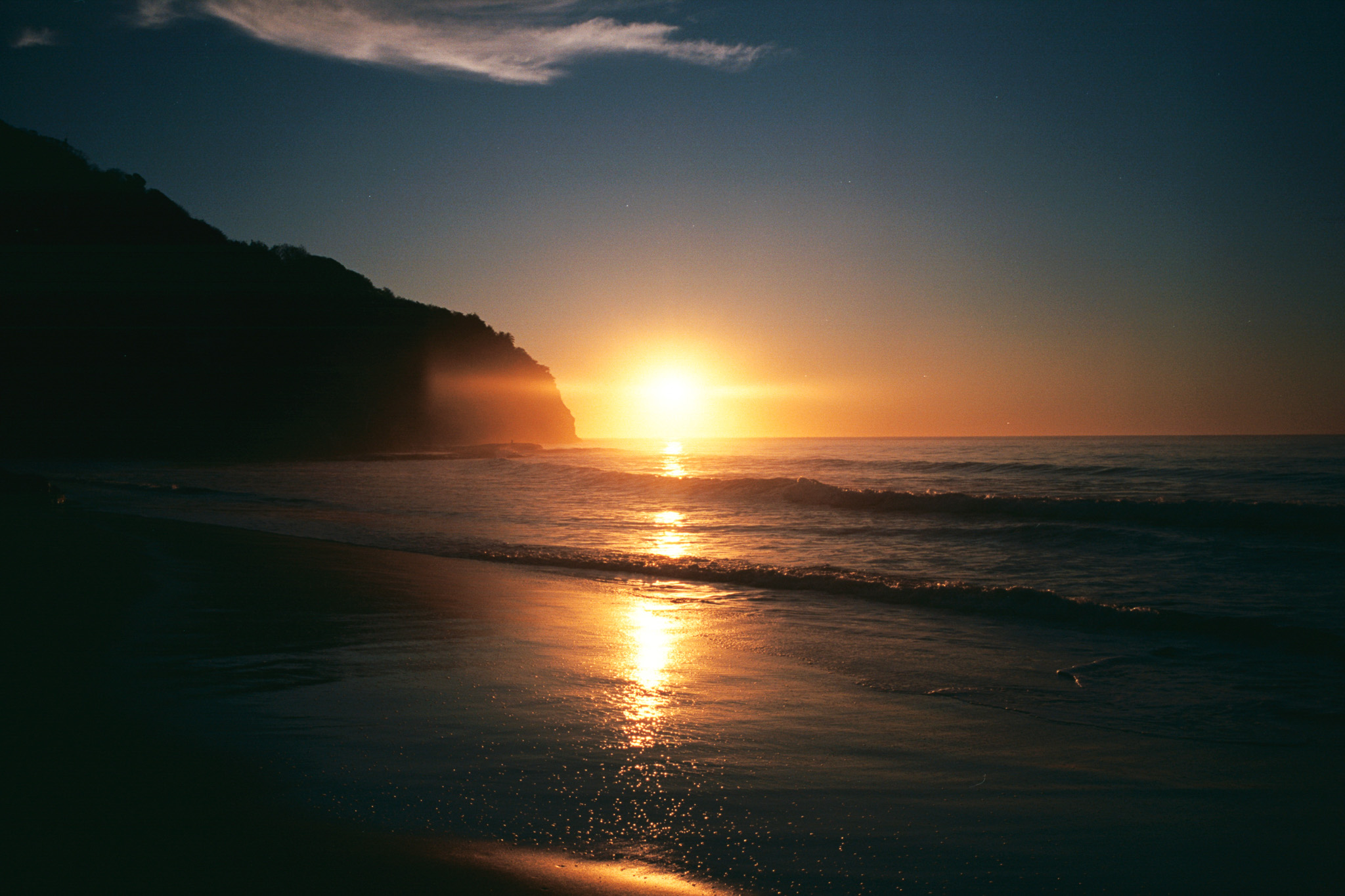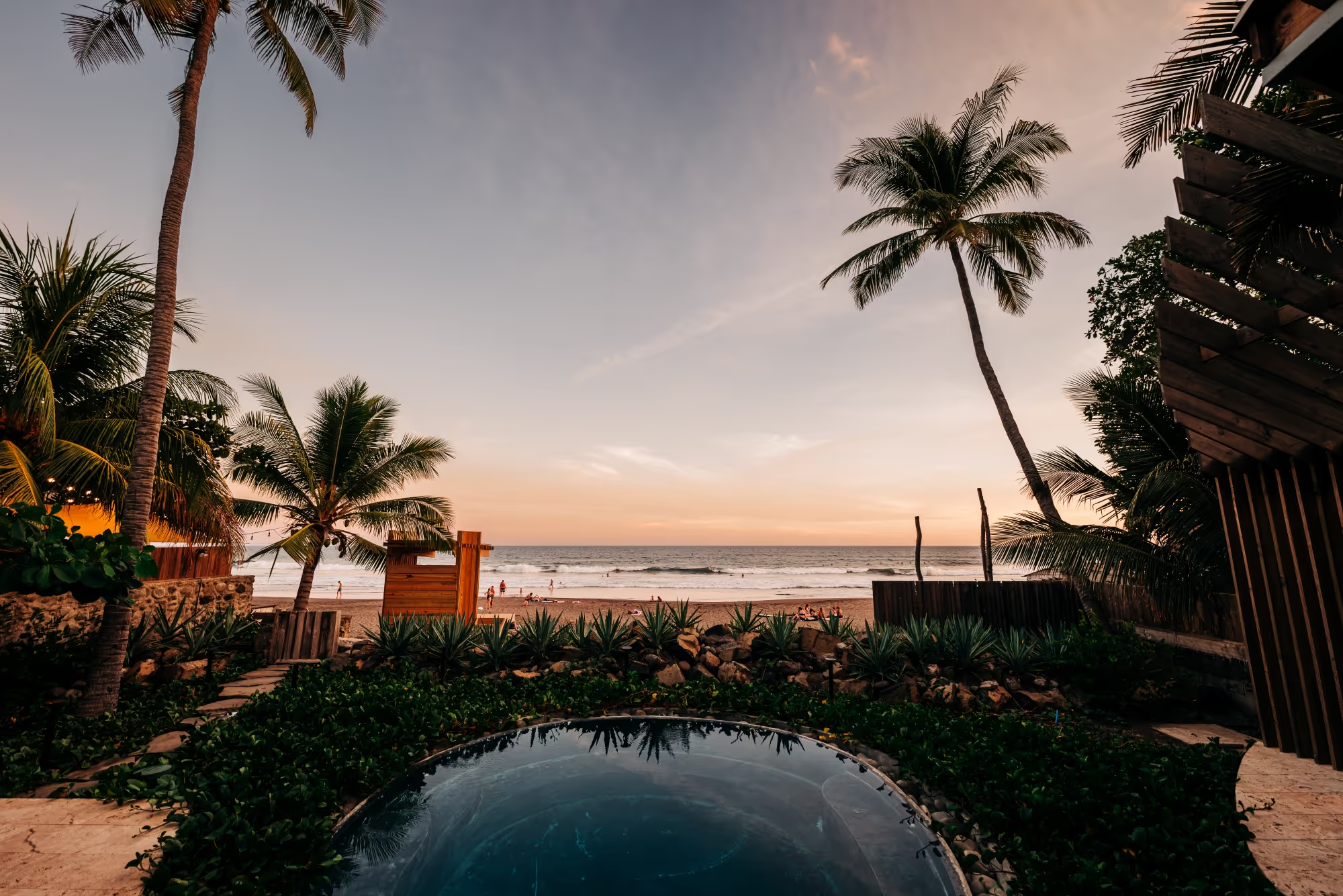It seemed impossible. We’d returned to ElZonte in July 2004 and the beach was gone. Like gone. An expanse of black, volcanic sand large enough to host a soccer game in January had been replaced by rocks, huge piles of debris, and a raging ocean. What happened?
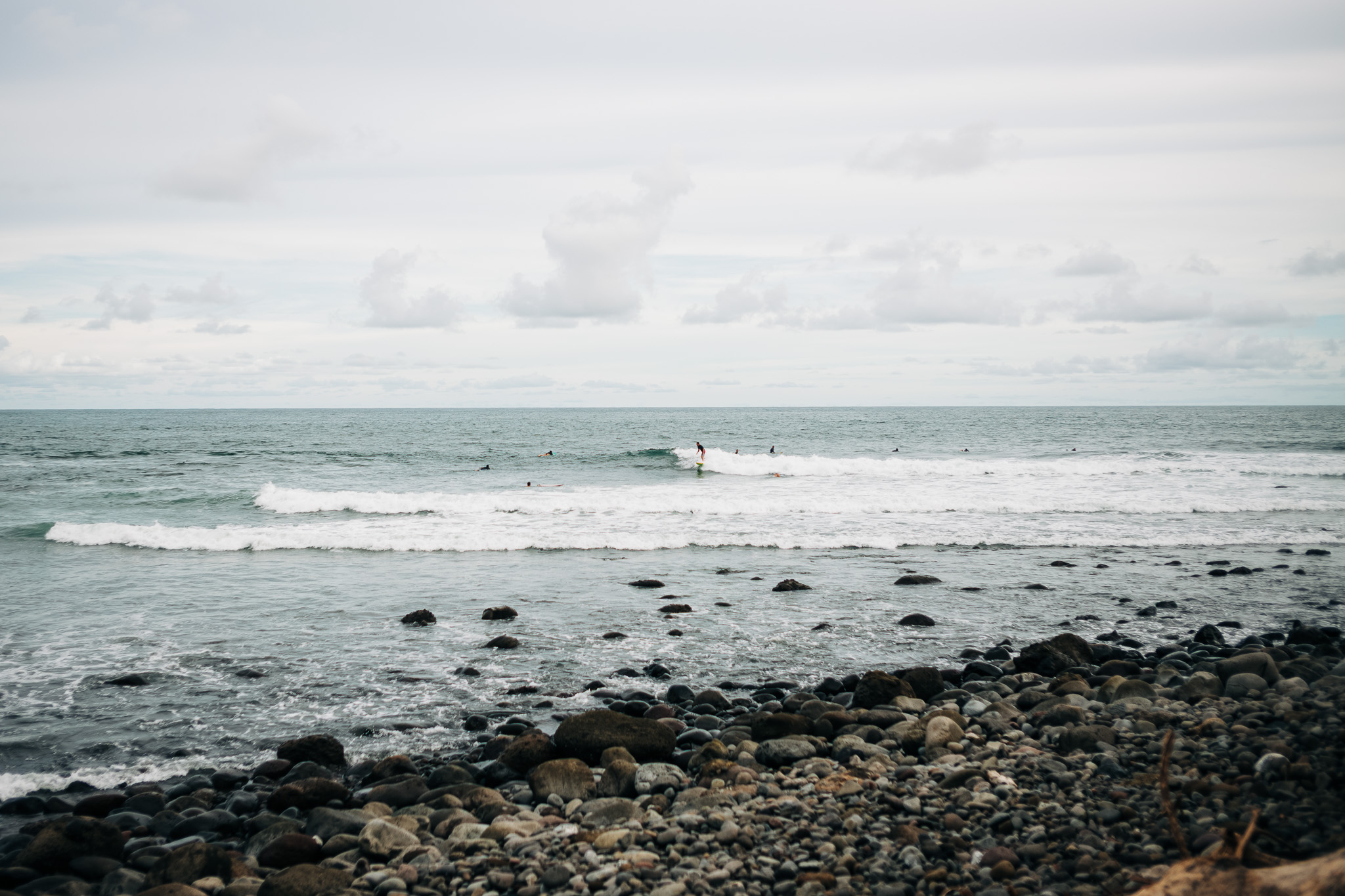
One of the most unusual things about beaches in El Salvador and in El Zonte is the change in the seasons here. I’ve learned many things about this in the twenty-one years since that first July we spent in El Zonte.
Growing up in New Jersey there were four very distinct seasons. You know what they are. My favorite season was always autumn but it’s the transitions between seasons that I like most: a change in the temperature, shifting light, the silence of the first snowfall in December, the feeling of a warm breeze on freshly exposed skin in June. There is powerful energy in these changing times.
This, too, is what we experience in El Zonte, differently.
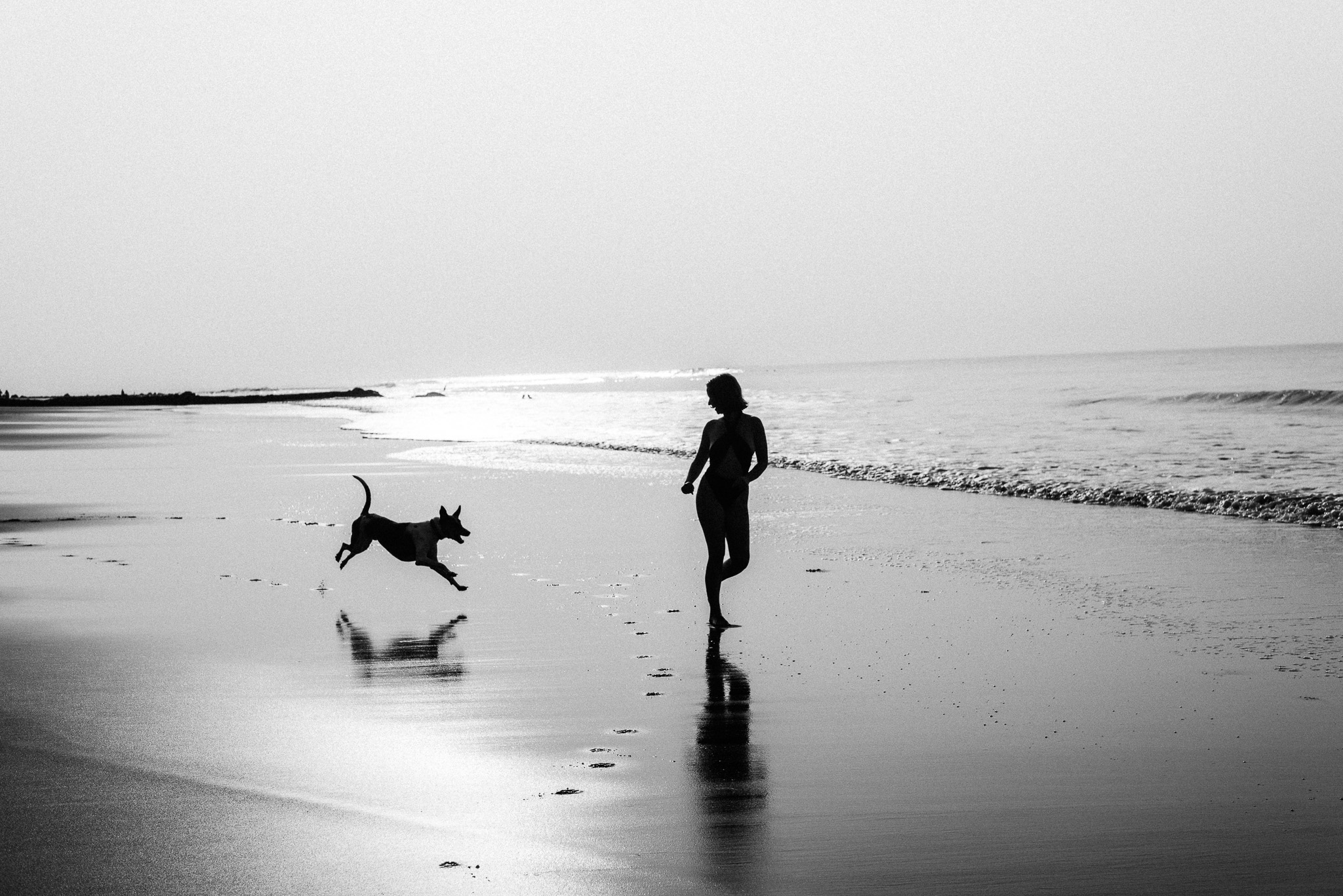
January is in the heart of the season of brightness, which many here call the “dry” season. It’s true that it barely rains. Plus the beach is huge and expansive with friendly waves beckoning. What strikes me most about this season is the community feeling. And from November to February in south-facing El Zonte, the sun rises and sets over the Pacific Ocean.
The period around Semana Santa, the week prior to the Easter holiday in El Salvador, usually marks the first transition of the year. Temperatures rise, humidity rises. The air feels heavy, and then the rains come.
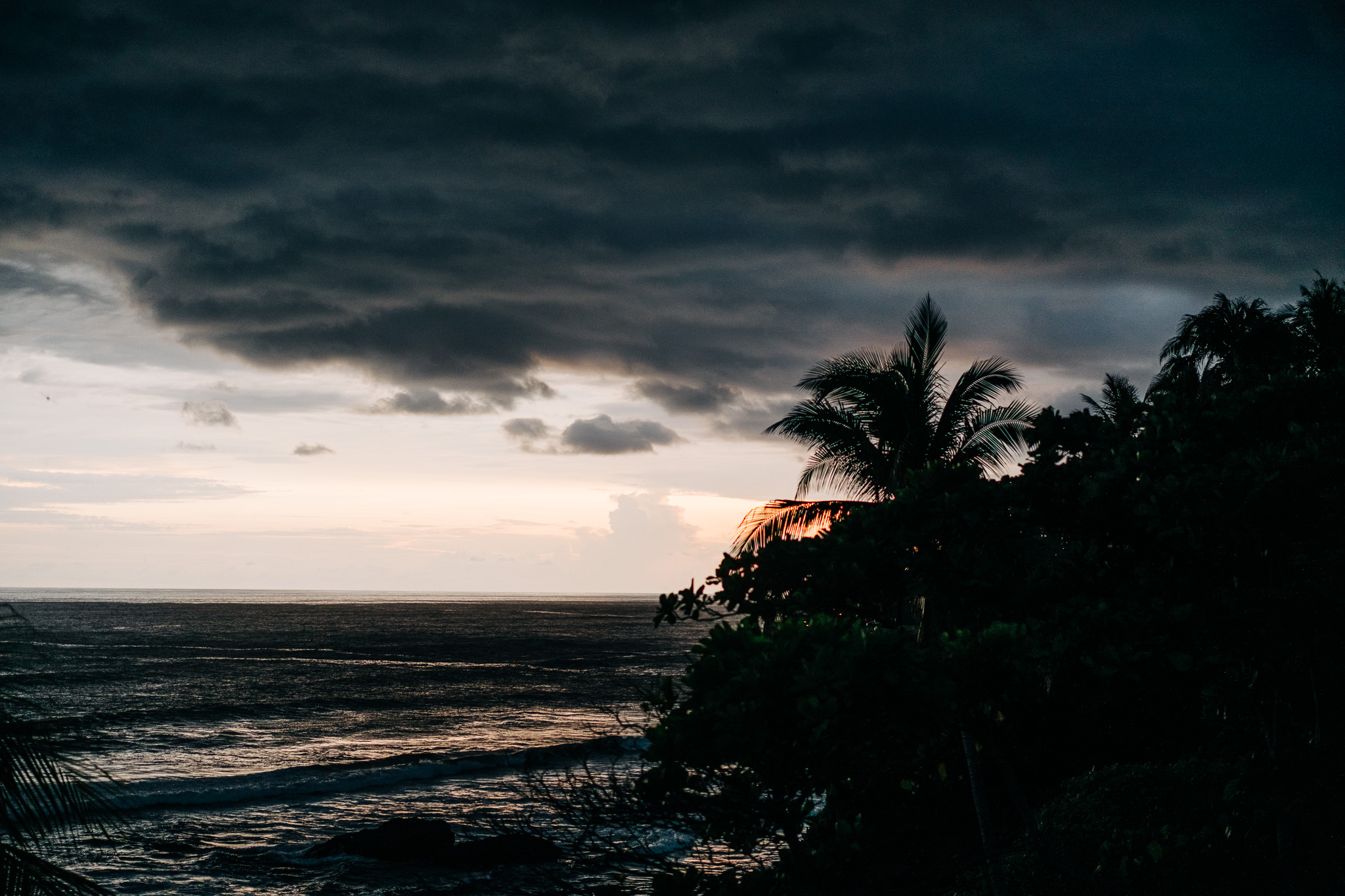
Rain begins in April or May, timid at first. Mightier storms arrive in June, lightning and thunder with unimaginable intensity for a few hours in the evening. The waves grow larger, often only suitable for those with black belt level surfing skills. The Zonte River rises and all of the detritus of the past dry season flows out into the ocean, the exact mechanism that created the El Zonte pointbreak and all of the pointbreaks in El Salvador over thousands of years.
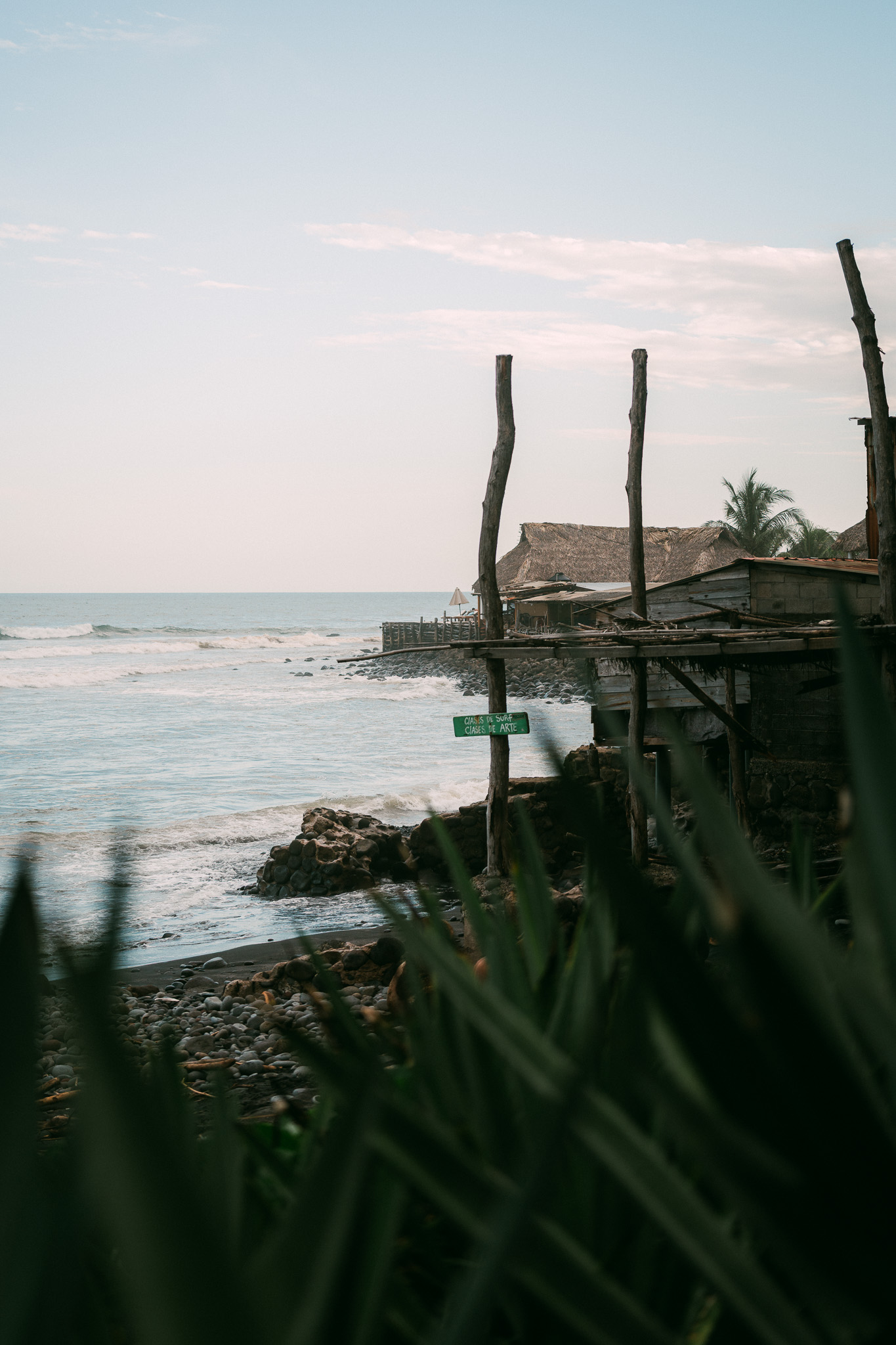
The influx of rainwater from the river does something else, too. It washes all of the sand away. After four or five heavy rains in the volcanic mountains above El Zonte, almost all of the black sand is gone. But not forever. That’s what I learned when the seasons changed again.
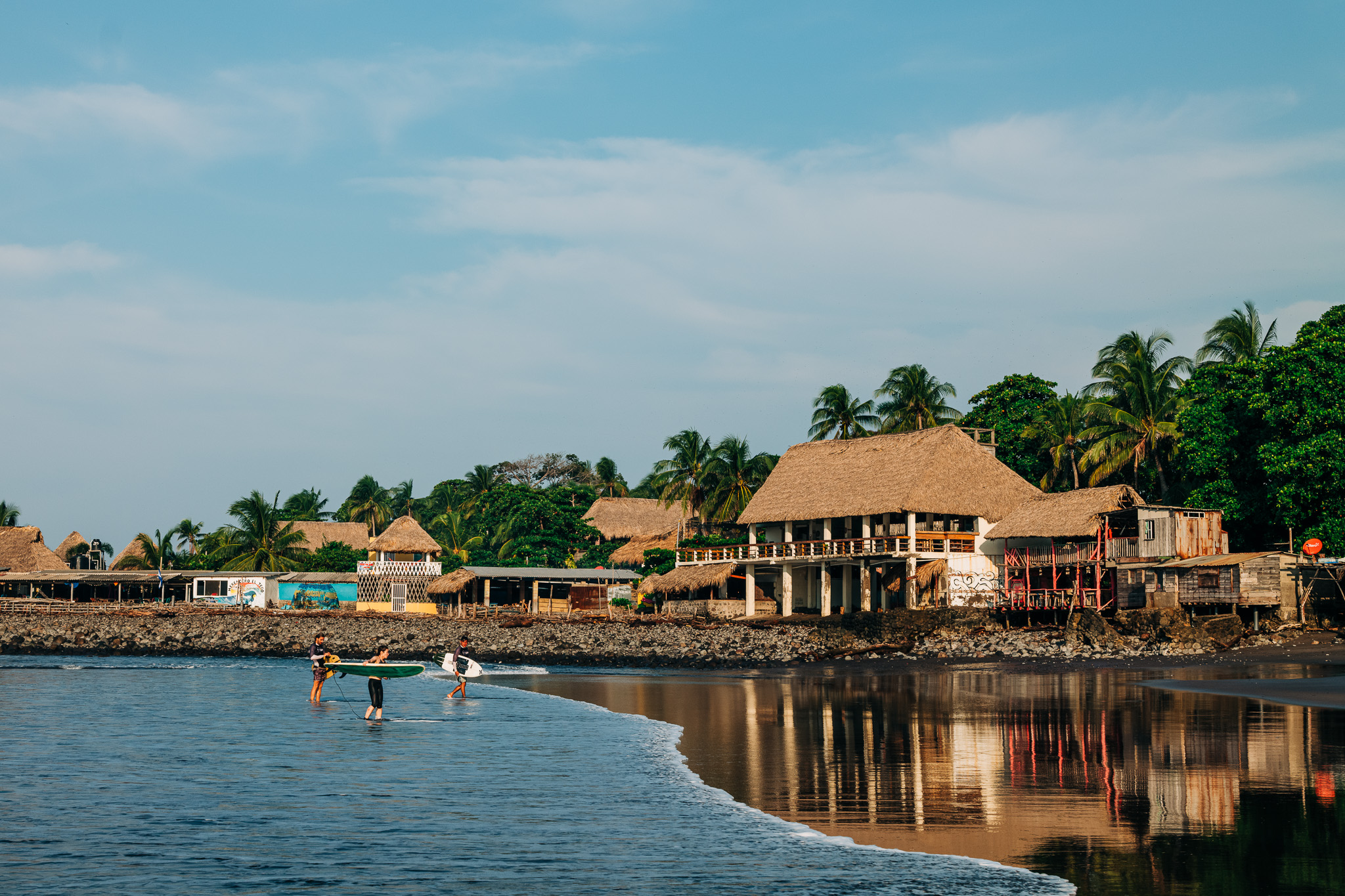
In October rains wind down, then completely cease in November. And a miracle happens. Over a few weeks, without the constant flow of water down the river, THE BEACH COMES BACK. By New Year’s Eve, there is again a black, sandy, flat beach.
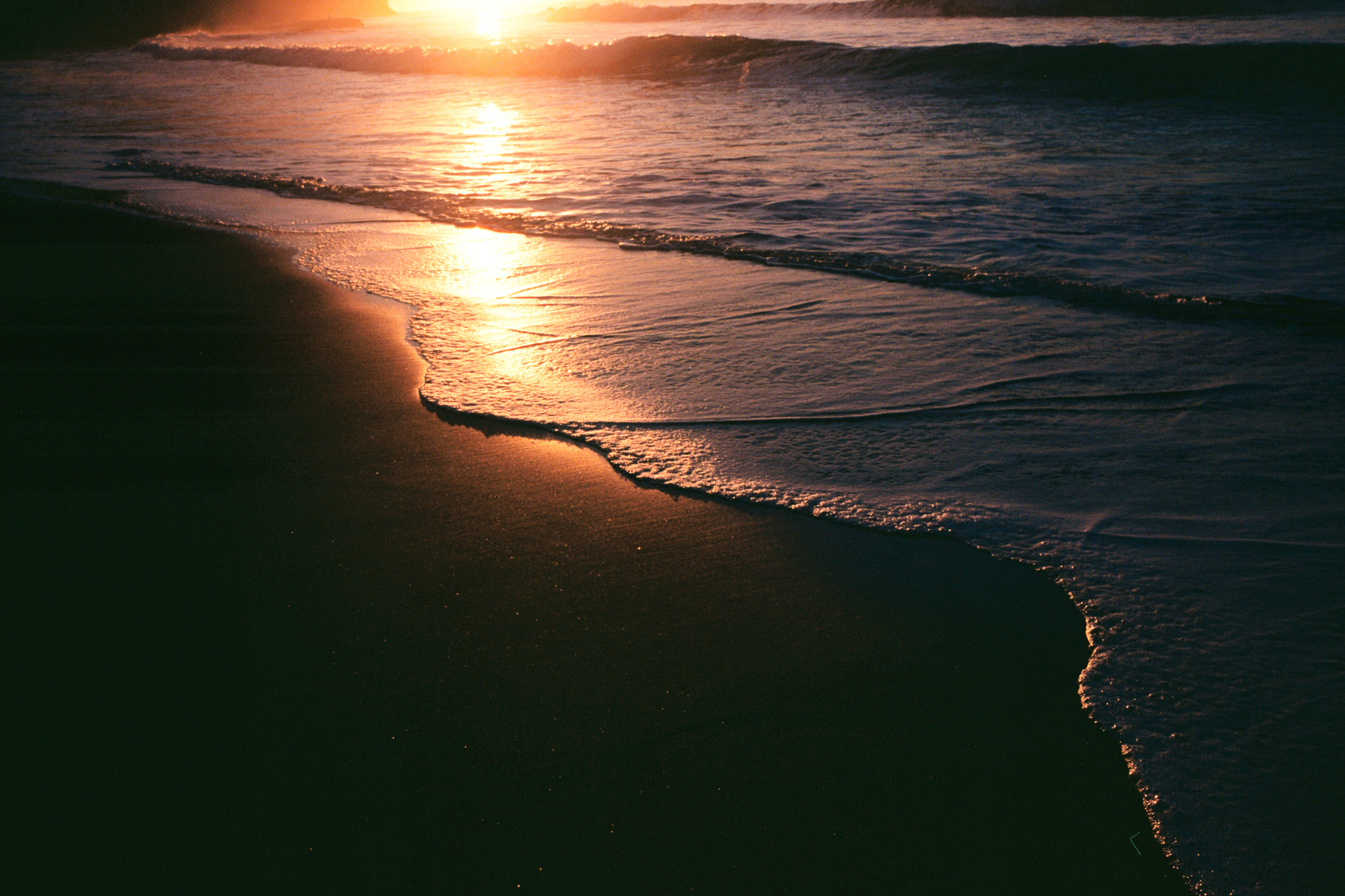
When I first witnessed the beach’s disappearance in July of 2004, I was devastated. When it returned, I was elated. This is just one aspect of the change in seasons in El Zonte. In future posts, we will explore the feelings of these seasons in even more detail.
_______________________________
Written by Mateo Schapiro.
Photography by Erick Chevez.
